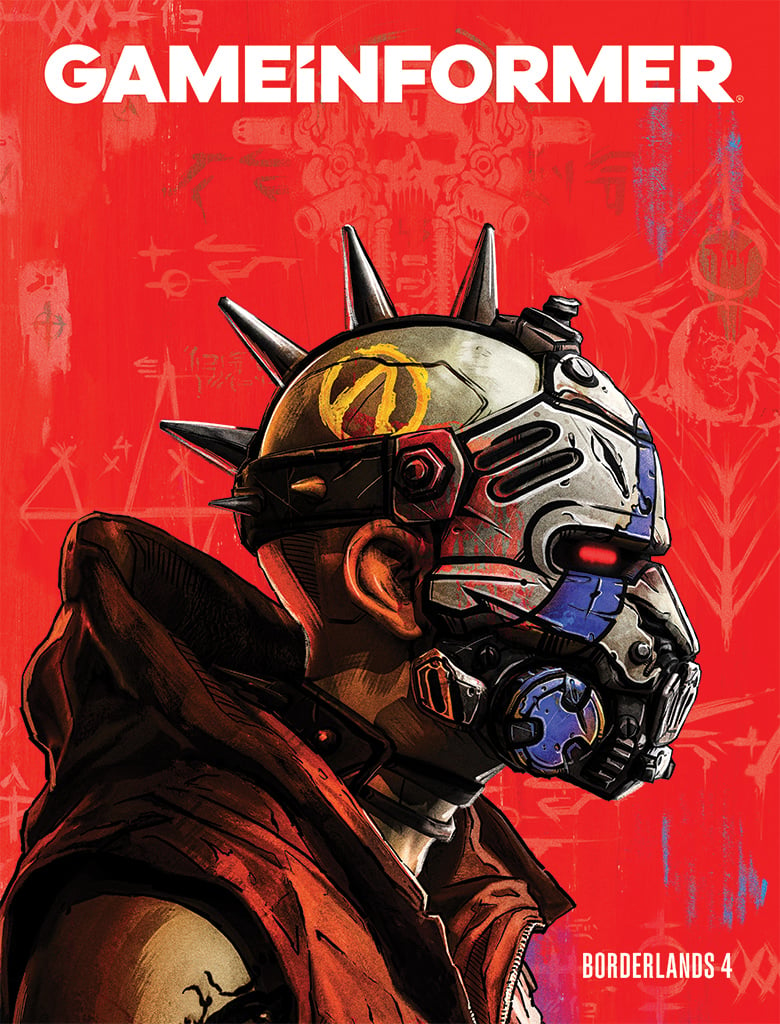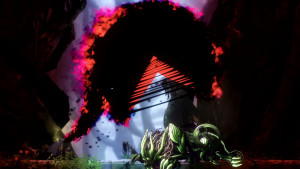
During a visit to BioWare’s Edmonton studio, I got a chance to play the newly announced multiplayer mode for Dragon Age: Inquisition. The company has talked extensively about what the game’s single-player campaign entails, but this new co-op mode will be uncharted territory for some Dragon Age fans – especially those who did not play Mass Effect 3’s multiplayer.
Thankfully, there’s no reason to be intimidated; Inquisition’s approach to co-op is accessible and easy to understand. This step-by-step guide gives you an idea what to expect from your introductory hours of multiplayer, and how that experience can evolve over time.
Step One: Choose Your Class
Think about the kind of character you want to play. A Legionnaire is a front-line fighter who soaks up attention for the party, an Archer keeps back from the fray doing steady damage, and a Keeper is a support mage. You may also see familiar classes from the Dragon Age universe, like Reaver and Arcane Warrior. Exactly which classes will be available at launch is still in flux, but you can expect a balance of support, tanking, and damage roles. For your first match, you don’t need to do much prep; you are a low-level character with just a handful of abilities, so you should familiarize yourself with them and make sure they are mapped to your liking. After that, the only thing to do is earn some money and experience.
Step Two: Find a Match
If you have three other willing friends, you can create a match to invite them and team up. Otherwise, a quickmatch option lets you find any appropriate match based on a few parameters. While that means anyone can jump in and find a game, the level of trust and communication among friends provides a superior experience.
Step Three: Play
Once you’re in the operation, gameplay feels almost the same as it does in single-player. You can only map four combat abilities (as opposed to eight), and you can’t use the action-pausing tactical camera mode. Otherwise, battle has the same mix of strategy and action, with the party attacking while staying alert for opportune moments to fire off cooldown-restricted special abilities. Cooperation is vital; you can’t just wade into combat and start swinging your sword, because you’ll jeopardize yourself and your allies. Instead, you need to use your abilities wisely and coordinate with the other three party members to find effective ways to deal damage, control the crowd, and (if necessary) revive your fallen comrades.
Unlike Mass Effect 3, you aren’t defending the same area against waves of enemies. Instead, your mission takes place in one of three modular campaigns. You occasionally hit rooms that restore health and revive dead players, but the layout changes for every playthrough, so success is not a matter of memorizing the maps. Your enemies also change, since each scenario pits you against one of three factions: Demons, Venatori, or Red Templars. Your tactics need to change depending on the specific foes within each faction, so you should stay flexible while generally doing what your chosen class does best.
Even then, sometimes things go south. I played one match as an Archer, but my three co-op partners were all Legionnaires. Succeeding in such an imbalanced party would be hard for an expert, and we were all newcomers. We made it through the first few rooms, but then we triggered an Event Battle – fights against particularly deadly elite enemies. The Templar captain overpowered us quickly, and we all bled out on the ground. We fared better in another attempt that added a Keeper instead of a Legionnaire, but we still couldn’t finish the operation with our low-level characters. They were just too weak – a handicap that is only overcome by playing more rounds (which generally take about 20-30 minutes each) than we were able to complete in our hands-on time.
Step Four: Level Up
Even if you fail the operation, you still gain experience. When you level up, you earn points to spend on new abilities that (hopefully) improve your chances on the battlefield. After my party’s first failed attempt, I leveled up and spent my point on an improved version of the Explosive Shot ability I already had. That wasn’t my only option, though; classes have two skill trees, and choices to make within each tree. This gives you the power to build a character that you find interesting, and ensures that all players’ versions of a particular class aren’t exactly the same.
Step Five: Spend
In addition to experience, you also gain gold during an operation. Gold is used to buy chests, which contain random loot (like weapons and classes) and potions. This structure should feel familiar to anyone who played Mass Effect 3 multiplayer, since it is the same basic formula. You don’t buy specific items or classes; instead, you just buy the chest and hope it contains something you want. This may sound frustrating at first, but the element of surprise is fun, and keeps you buying chests in hopes of getting something amazing. Much like collectible card packs, the excitement of finally getting a rare, powerful item this way is pretty exciting. The bigger the chest you buy, the better the loot will be, so you need to decide if you’re going to spend or save up for the next tier up when you’re between operations. You can also spend real money to buy chests in order to speed up your progression, but you won’t get anything that you can’t get by spending a little time grinding through operations.
Step Six: Gear Up
Once you have your items, you should sort through them to see if there’s anything you don’t want. It might be frustrating for an Archer to get a mage staff in a chest, but it isn’t a complete waste. If you don’t want to save items for when you try out the other classes (since they do carry over), you can salvage unwanted gear and get crafting items in return. With just a little tinkering, these components can create new armor, weapons, and upgrades that your character can use. It’s not as efficient as getting the new items directly, but it beats having a pile of stuff in your inventory that never gets used.
Step Seven: Repeat
The basic loop has the potential to be incredibly fun. You fight with your friends, make your character stronger, fight with your friends some more, and then make your character even stronger. When you’ve advanced enough, you pump up the difficulty level to keep things challenging. This addictive formula worked great for Mass Effect 3, and seems to have made a smooth transition over to Dragon Age. Even better, the team is planning long-term support via free DLC and weekend challenges, so there should be plenty of variety and new goals injected along the way. As if Dragon Age: Inquisition weren’t shaping up to be massive enough already, this new multiplayer component adds yet another way that gamers can sink hours into BioWare’s latest adventure.












